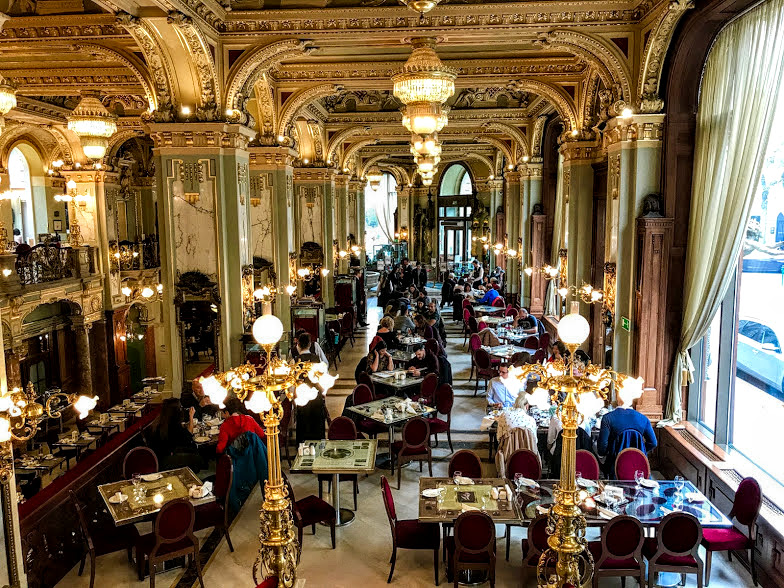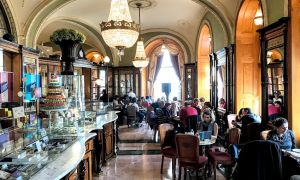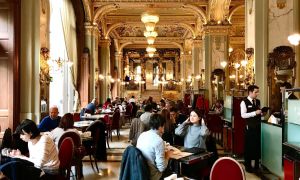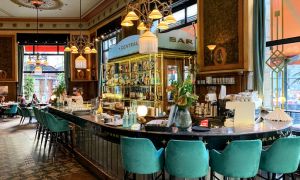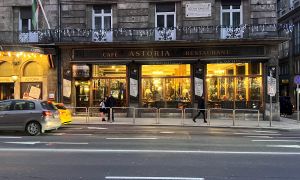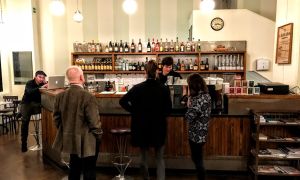Like Vienna, Budapest enjoyed a thriving coffeehouse culture during the Austro Hungarian Empire – around the turn of the 20th century, more than 500 cafés swarmed across Budapest. Apart from low-priced caffeine, coffeehouses offered a home away from home to the city's fast-growing populace. These high-ceilinged spaces were also central to social life: Many artists and journalists camped out for the whole day, even directing their mail to their favored café.
Most coffeehouses have long since disappeared but a few are still around (or have reopened), drawing a tourist-heavy crowd. If you're curious about the contemporary "coffeehouses" of Budapest, drop by some of the top specialty coffee shops, too.
